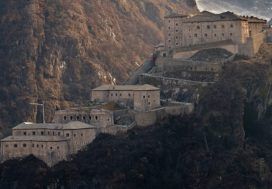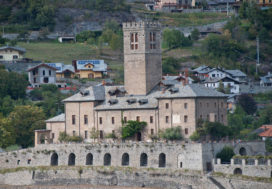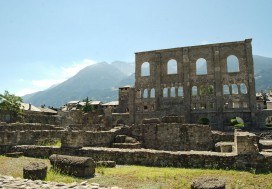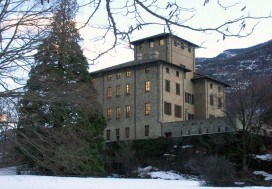In order to discover history, literature and wildlife of the Valle D’Aosta, the ideal place to stay is in the Il Melo e la Gatta, Aosta.
Thanks to its ideal location, you can not only easily visit various places but also enjoy a relaxing stay surrounded by mountains and clean air.
Quart
In the small town of Quart you will be enchanted by the wonderful castle that stands majestically on a cliff. Consisting of a number of buildings, it was formed in the ninth century by a single tower (donjon) surrounded by walls: the Lords of Quart added over the years the chapel and a building called “Magna Aula“, while with the advent of the Savoy were built residential buildings.
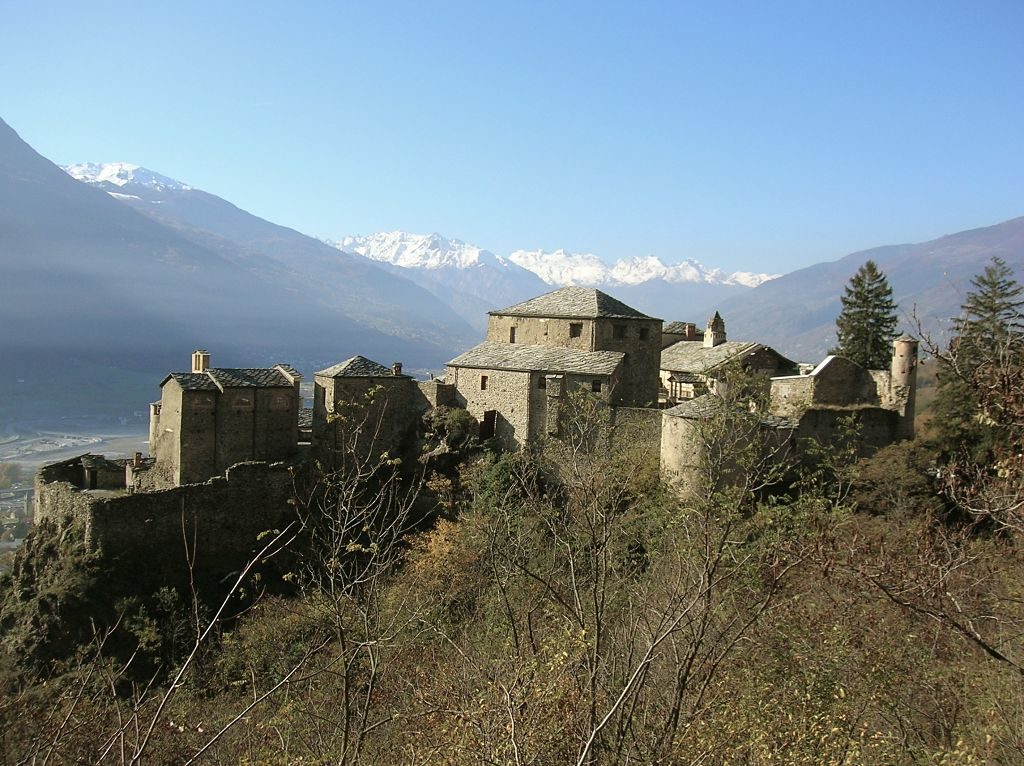
Castle of Quart
Vollein
Visiting the geo site of Vollein means getting in touch with geological, geomorphological and cultural aspects of great importance such as the dosso montonato, a rock formed in pursuit of the great glaciations and the erratic boulders, i.e. rocks transported by glaciers.
You can also admire magnificent examples of rock art represented by cup marks on the rocks, and the Neolithic necropolis characterized by 66 cist tombs, in the shape of a stone box.
Sarre
In Sarre, it is worth visiting the Royal Castle built in 1710 by Giovanni Francesco Ferrod of Arvier and purchased in 1869 by the King of Italy Vittorio Emanuele II, who used it as a residence during his hunting trips in Valle d’Aosta.
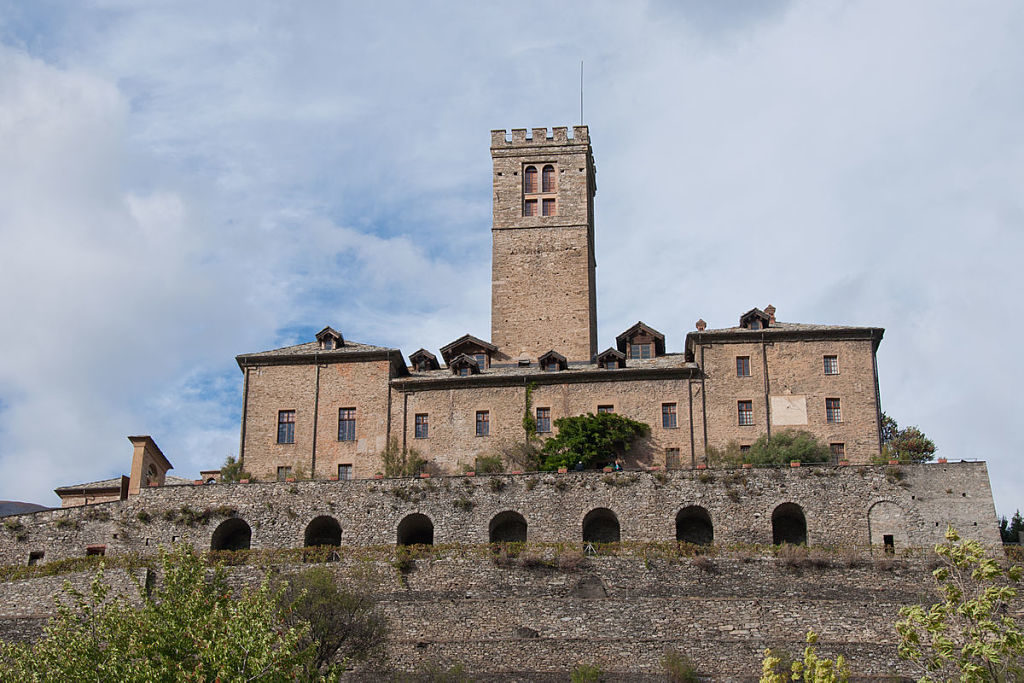
Royal Castle, Sarre
Aosta
Arriving in Aosta, one of the first places to visit is the megalithic area. This archaeological site, has returned testimonies of five millennia of history, from the end of the Neolithic to the present day. The term megalithic area means an extensive but well-defined area in which there is the presence of megalithic monumental remains of various kinds: archaeological evidence has established that it was a sacred area intended for important events related to burial and worship.
Another important place is the Collegiate Church of Saints Peter and Orso, a religious building that preserves ancient Ottonian frescoes between the roof of the nave and the roof, as well as a charming cloister decorated with medieval capitals.
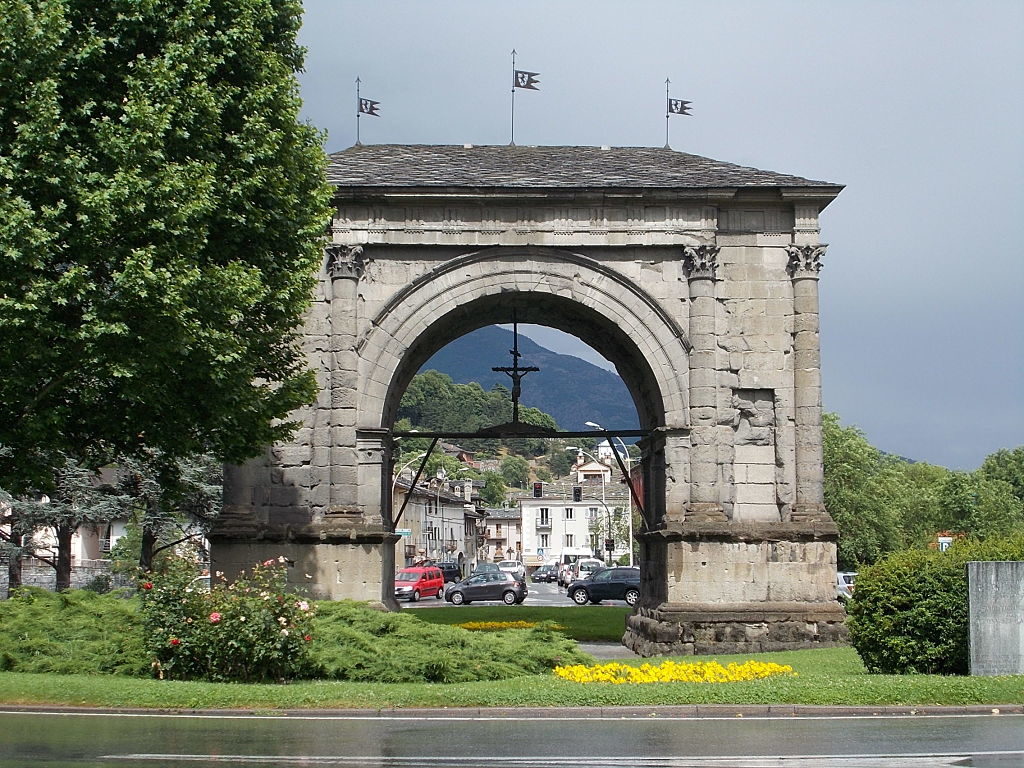
Arch of Augustus, Aosta
Remains of Roman times in the city are visible in the Arch of Augustus. Built in 25 B.C., it consists of a single 11 m high arch decorated with Corinthian capitals and Doric entablature and triglyphs.
The Roman theatre, on the other hand, now has only one façade with arches and buttresses characterized by three orders of overlapping windows.
Continuing the visit to the city, you can visit the Cathedral of Aosta dedicated to Santa Maria Assunta and St. John the Baptist of the eleventh century. This large sacred building has a single nave and two baptisteries. Interesting is the presence of a crypt divided into 3 naves where you can see the tombstone of the tomb of the bishops of Valle d’Aosta: “Sepulchrum episcoporum“. In the attic of the church, however, a cycle of Ottonian frescoes of great artistic value has been brought to light.



